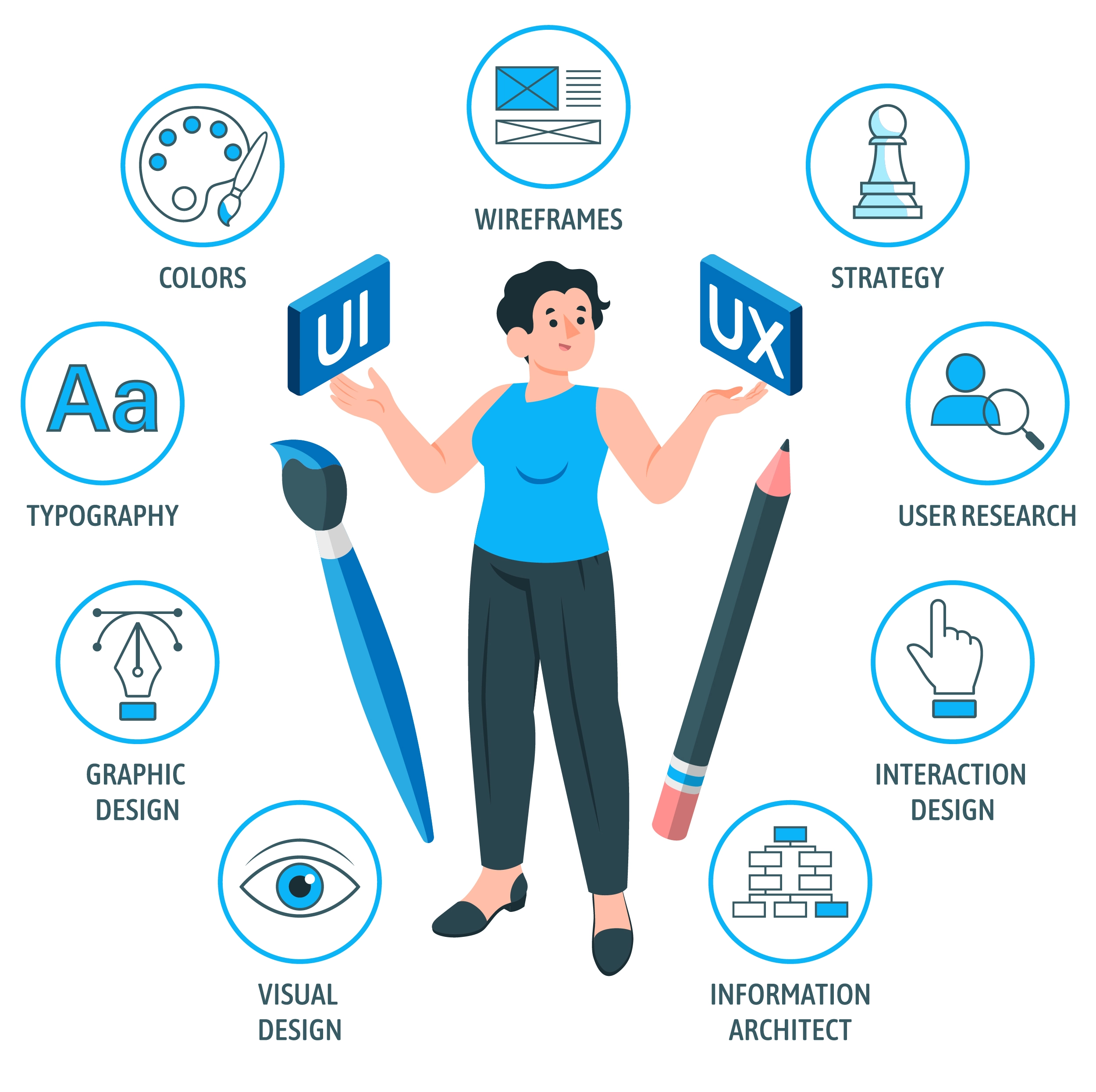How Strategic UI/UX Design Shapes User Decisions and Business Growth
Smart UI/UX design guides user behavior, builds trust, and fuels SaaS business growth by turning smooth experiences into loyal customers.

When you open an app or log into a platform, the first thing you notice isn’t the features it’s how it feels to use. Is it simple to find what you’re looking for? Does it guide you toward the next step without confusion? These small details are not accidents. They are the result of intentional design choices that influence how people behave, how much they trust a product, and whether they stick around.
UI (user interface) and UX (user experience) design might sound like buzzwords, but in reality, they’re about shaping experiences that feel natural, intuitive, and even enjoyable. And in today’s competitive digital space, that can make or break a business.
Why UI/UX Is More Than Just “Pretty Screens”
A lot of people assume UI/UX is just about making software look nice. But the truth is, design goes far deeper.
- UI (User Interface): This is the visual layer buttons, colors, fonts, and layouts. It’s the “face” of the product.
- UX (User Experience): This is the flow behind the scenes how easy it is to complete a task, how clear the navigation feels, and whether the whole journey feels smooth or frustrating.
Together, UI and UX guide users through a product the way a map guides travelers. A beautiful interface means nothing if users get lost. Likewise, a functional system can still fail if it looks outdated or intimidating. Success lies in balancing both.
How Design Shapes User Decisions
Every tap, swipe, or click is influenced by design. Here’s how smart design nudges user behavior:
1. Clarity Builds Trust
If a user has to guess what a button does, frustration kicks in. Clean, clear design reduces hesitation and builds confidence. When users know exactly what to do, they’re more likely to complete sign-ups, make purchases, or explore further.
2. Reducing Cognitive Load
Our brains don’t want to work harder than necessary. Simple navigation and uncluttered layouts make decisions easier. That’s why many successful platforms prioritize minimalism not because it looks trendy, but because it keeps people moving forward without overwhelm.
3. Guided Journeys
Good UX creates a path. From onboarding to checkout, the design quietly points users toward the next logical step. Think of it as gentle hand-holding, ensuring no one feels lost or abandoned.
4. Emotional Connection
Colors, shapes, and micro-animations all carry subtle emotional weight. A warm color palette can feel inviting. A smooth transition makes interactions feel delightful. These moments may seem small, but they create a sense of connection that keeps users coming back.
The Business Side of Great Design
While users feel the benefits on the surface, businesses reap them behind the scenes. Here’s how thoughtful UI/UX impacts growth:
- Higher Conversion Rates – A smoother sign-up flow can double the number of users who finish registration.
- Stronger Retention – Happy users stay longer, reducing churn and increasing lifetime value.
- Lower Support Costs – Clear design means fewer people contacting support for help.
- Competitive Edge – In markets where products have similar features, design is often the deciding factor.
For SaaS companies in particular, this isn’t optional it’s survival. That’s why more founders turn to UI/UX designers for SaaS products early on, rather than treating design as an afterthought.
Lessons From Real SaaS Success Stories
Some of the most popular SaaS platforms owe their rapid growth not just to what they offer, but to how they present it.
- Slack simplified team communication by making messaging feel playful and human, not corporate.
- Notion built a loyal following through a clean, flexible workspace that feels like a blank canvas.
- Figma won designers over with a collaborative interface so intuitive, it practically explains itself.
In each case, design wasn’t decoration it was the growth engine.
Practical Tips for Better UI/UX
Whether you’re building a product from scratch or refining an existing one, here are a few principles to keep in mind:
- Listen to Your Users – Feedback reveals where people get stuck. Watch recordings, run tests, and ask questions.
- Simplify Every Step – If a task takes more than a few clicks, see if you can streamline it.
- Design for Mobile First – Many users will experience your product on their phone. Start there, then scale up.
- Be Consistent – Colors, fonts, and button styles should feel familiar across the whole product.
- Delight in Small Ways – Subtle animations or friendly microcopy can turn a bland action into a positive moment.
The Takeaway
Great design isn’t about flashy visuals or chasing trends. It’s about respecting users’ time, reducing friction, and guiding them with clarity. When done right, UI/UX design doesn’t just shape decisions it shapes the future of a business.
For anyone building a digital product, especially in the SaaS space, investing in thoughtful design early on is one of the smartest growth strategies available. The companies that understand this don’t just gain users they earn loyalty.